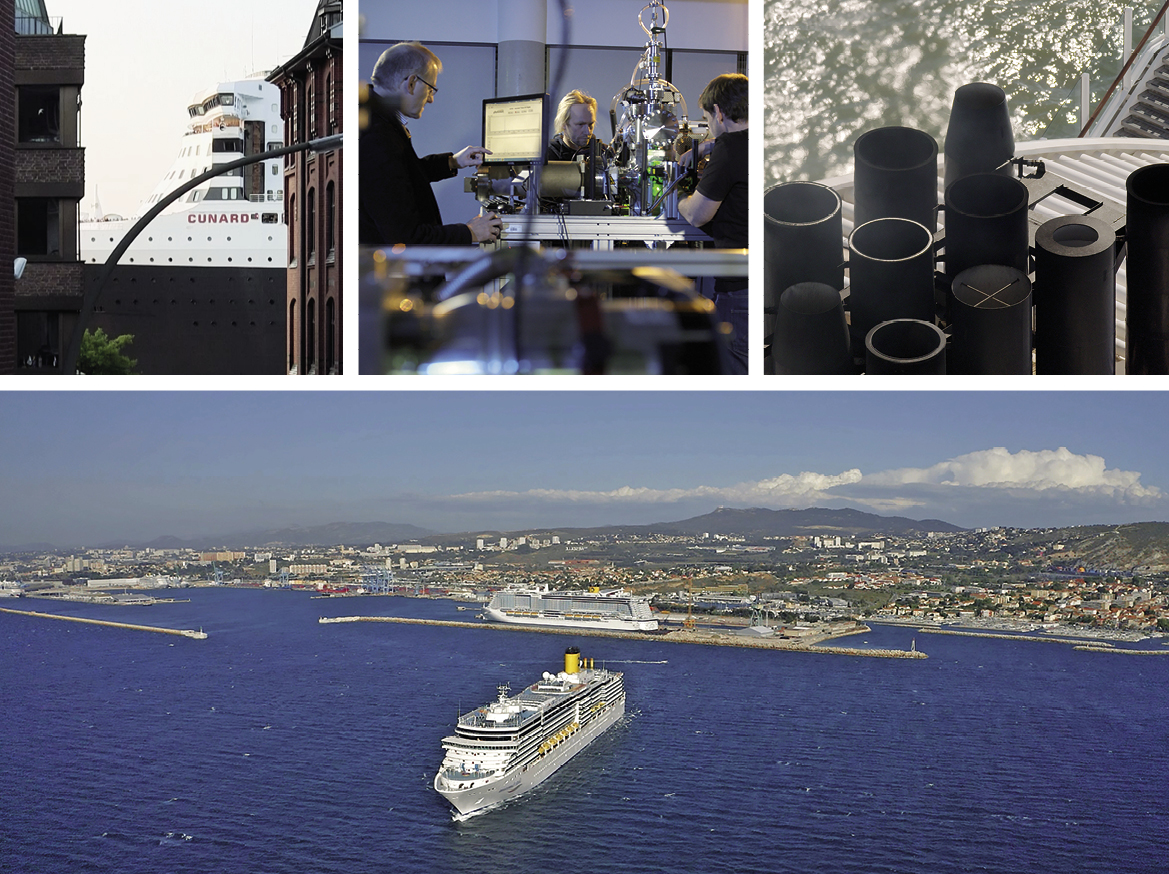THE FUTURE OF THE CRUISE INDUSTRY

Cruise trips are as popular now as they were pre-pandemic. But there is a dark side to the industry with its glossy brochures and dream destinations. Environmental impacts and lesser-known safety risks can become a serious threat.
Cruises are enjoying huge popularity again. More ocean-liners are docked in European ports today than before the pandemic. But there are dark sides to the cruise industry – environmental impacts, health issues caused by exhaust gases, and lesser-known safety risks sometimes make cruise travel a hazard. The bigger the ships become, the greater the number of people who cannot be rescued in an emergency. International regulations were changed after the Costa Concordia capsized in 2012, but it wasn’t long before the next marine disaster showed just how difficult a rescue operation can be. In 2019, the cruise ship Viking Sky ran into trouble with over 1300 passengers on board. Rough seas meant it was unsafe to use lifeboats. But even when everything goes to plan, the cruise industry faces major challenges, such as those caused by toxic exhaust gases. Shipping companies claim they are reducing their carbon footprint by using exhaust gas filters and "green" propulsion systems powered by electricity or liquid natural gas. But even insiders see some of these activities as PR campaigns and greenwashing strategies. Lots of people dream of cruise holidays, but neither the environment nor human health should suffer as a result. It’s time the industry took action.